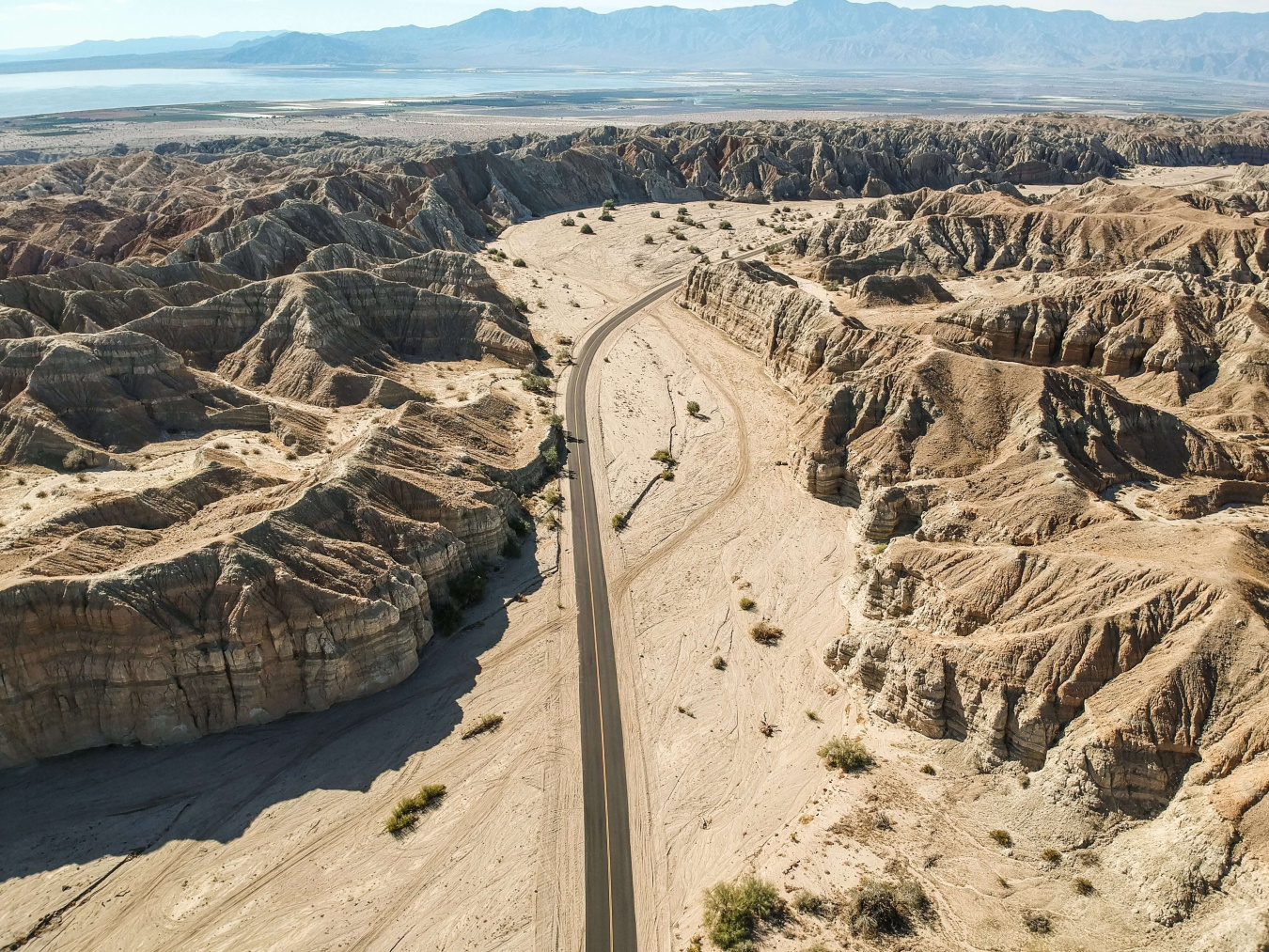The U.S. Department of Energy is increasingly investing in technologies to grow a sustainable and diversified domestic lithium supply chain to meet the growing need for producing rechargeable batteries.
Geothermal Technologies Office
October 20, 2022
At the southern end of California is a shallow, landlocked saline lake, the result of a deep and complex history of geologic and hydraulic processes. Long a significant site for local communities, the Salton Sea region has increasingly become a hotspot for renewable energy proponents.
DOE has declared establishing a domestic supply chain for critical minerals and materials, like lithium, to be of national interest. Lithium is essential for producing rechargeable batteries. Increasingly, the U.S. Department of Energy (DOE) and private companies alike are exploring ways to extract lithium from deep geothermal waters underneath the Salton Sea, alongside existing geothermal power production. In addition to supporting electricity production, hot, underground waters can pull lithium from rocks below. The Salton Sea region’s subsurface geothermal waters may hold enough lithium to exceed America's domestic rechargeable battery needs. So, in addition to its 3,000 MW renewable power capacity potential, the Salton Sea may be able to provide around 600,000 tons of lithium per year.
Despite the region’s potential, lithium extraction must not be performed at the expense of the environment or surrounding communities. In April 2022, former U.S. Secretary of Energy Jennifer M. Granholm visited the region and stressed a need for consulting with local community leaders while securing an environmentally responsible domestic lithium supply chain. The Lithium Valley Commission and new California legislation are increasing industry and community interest and engagement related to lithium extraction. The stakes for domestic lithium production are high for everyone involved, and community input will be critical in any decision-making processes.
The Lithium Valley Commission is a community group directed to review, investigate, and analyze benefits and opportunities for lithium recovery and use, and recently released a draft report, with these takeaways:
- World demand for lithium is expected to grow as much as tenfold in the next decade.
- There is a national security rationale for developing a domestic supply of lithium.
- The Salton Sea geothermal resource area is well-positioned to become a competitive source of lithium.
- Lithium production in California has the potential to unleash billions of dollars of new economic infrastructure development.
Several projects are already mapping out a “Lithium Valley” in California and helping public and private stakeholders gain a better understanding of critical mineral sources and extraction. For example, scientists from the Lawrence Berkeley National Laboratory, University of California—Riverside, and Geologica Geothermal Group are working to locate and quantify lithium in the area via $1.2 million in support from DOE’s Geothermal Technologies Office (GTO). There are currently 11 commercial geothermal energy plants in the Salton Sea region.
And DOE is increasingly investing in technologies to grow a sustainable and diversified domestic lithium supply chain. A new Notice of Intent to announce joint $12 million funding opportunity on behalf of GTO and the Advanced Materials and Manufacturing Technologies Office (AMO), “Lithium Extraction and Conversion from Geothermal Brines,” seeks to address gaps in domestic supply chains for lithium batteries and supports sustainable sourcing of critical materials.
For more information on lithium extraction from geothermal brines, check out GTO's other blog on lithium potential in the United States, as well as GTO's immersive Lithium StoryMap.

